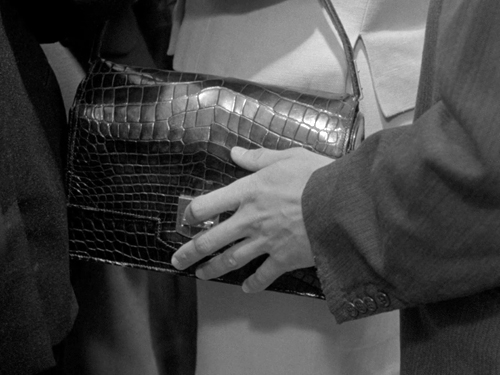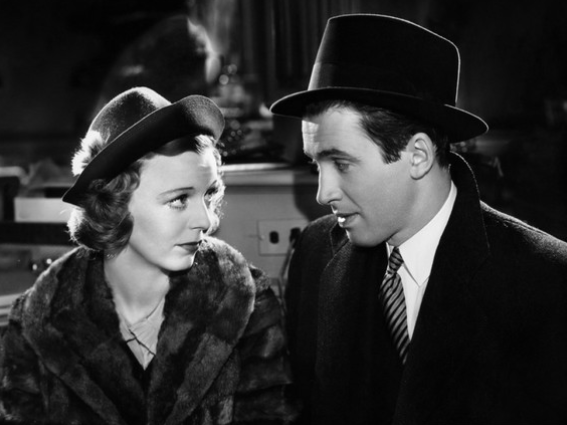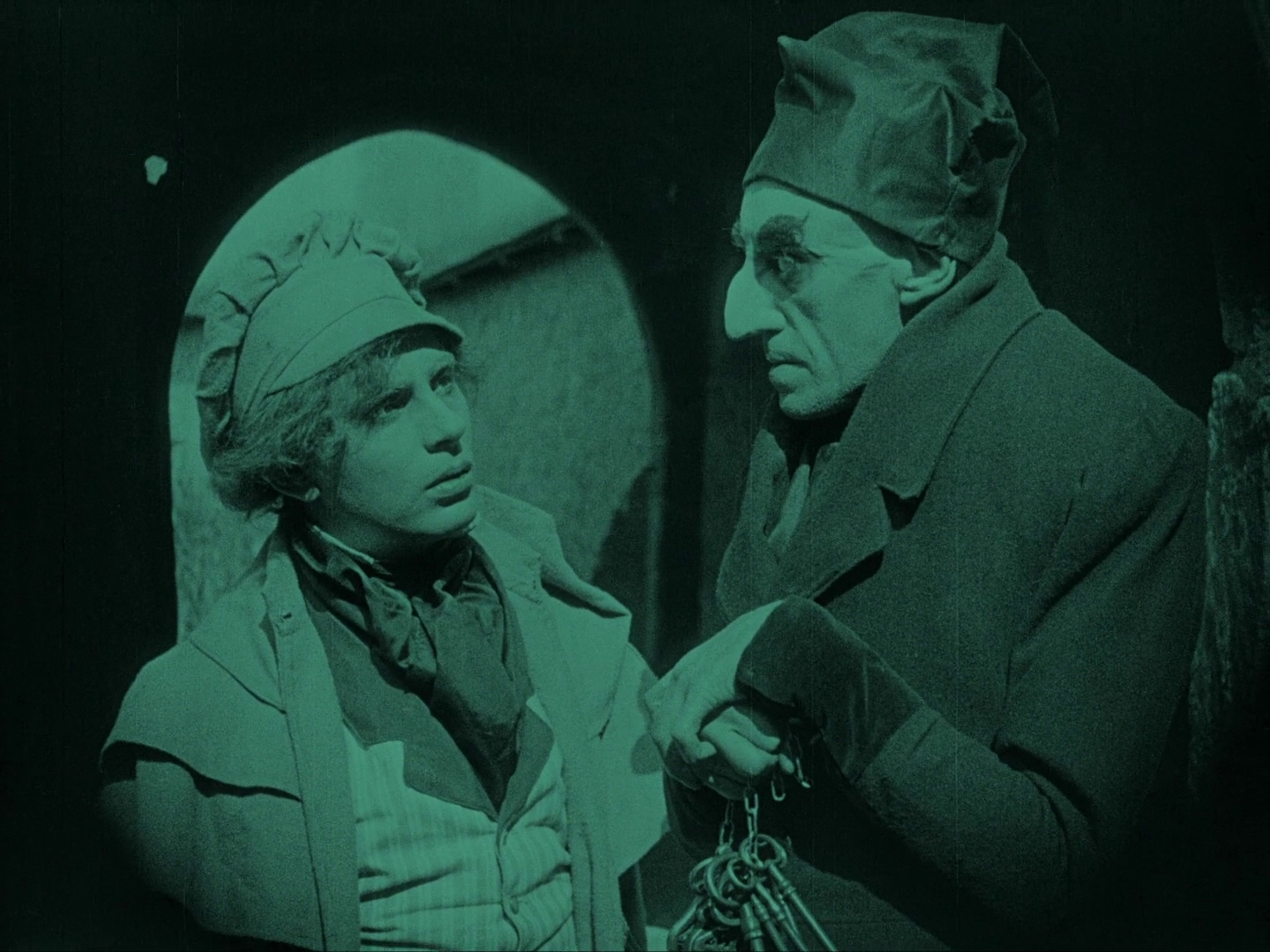Week 23/2024
Pickpocket shows Robert Bresson’s stylistic genius at its purest. Less predicated on the religious symbolism that permeates some of his other films, the simple narrative about a modern outcast who is stealing his way through life gives free rein to the filmmaker’s pure style. In Pickpocket, it is the form that makes the content. Meaning does not lie in that which is filmed, but emerges from how the profilmic is framed, cut up, and put back together into a rhythmic whole.
In Murnau’s Nosferatu, it is neither the camerawork nor the editing, but the mise-en-scène that makes the film. Based on Bram Stoker’s Dracula, this 1922 masterpiece of German Expressionism makes creative use of cardboard, contrasted lighting, abundant makeup and exaggerated acting to generate images that look scary even to the contemporary viewer. All these elements are blended together and brought to life in eerie compositions. Considering Murnau’s skilful mastery of cinematic tools, it is hard to imagine that, at the time, the medium was still in its infancy. The screening at Le Cercle du Laveau is accompanied on a theremin.
Called the original romcom by some, Ernst Lubitsch’s The Shop Around the Corner is both outrageously funny and deeply moving. Although it is perhaps amongst Lubitsch’s less socially critical films, it nevertheless bears the famous “Lubitsch touch”, with its witty humour, rapid pace, indirect dialogue, and sophisticated yet simple plot about two colleagues who, while unable to stand each other in real life, fall in love through anonymous correspondence. The film’s comedic dimension stems from the ambiguity between the perspective of the characters, who ignore the complete scope of their situation, and that of the omniscient spectator who, in cahoots with the filmmaker, witnesses the unfolding of a series of misunderstandings. However, despite misleading them for comedic purposes, Lubitsch treats his fragile and endearing characters with empathy and kindness.




